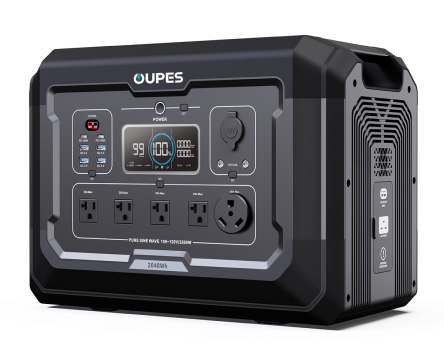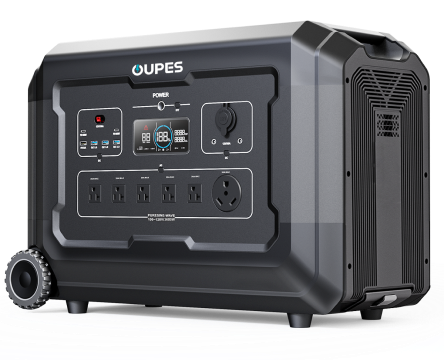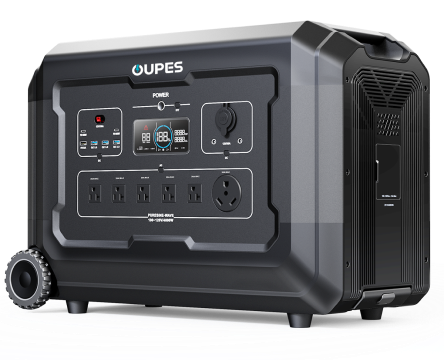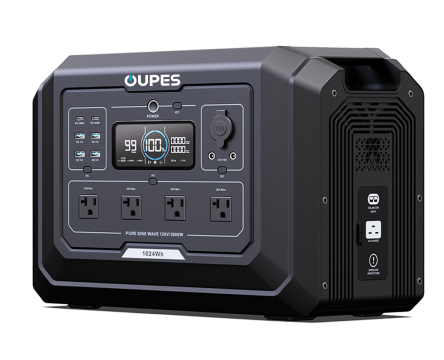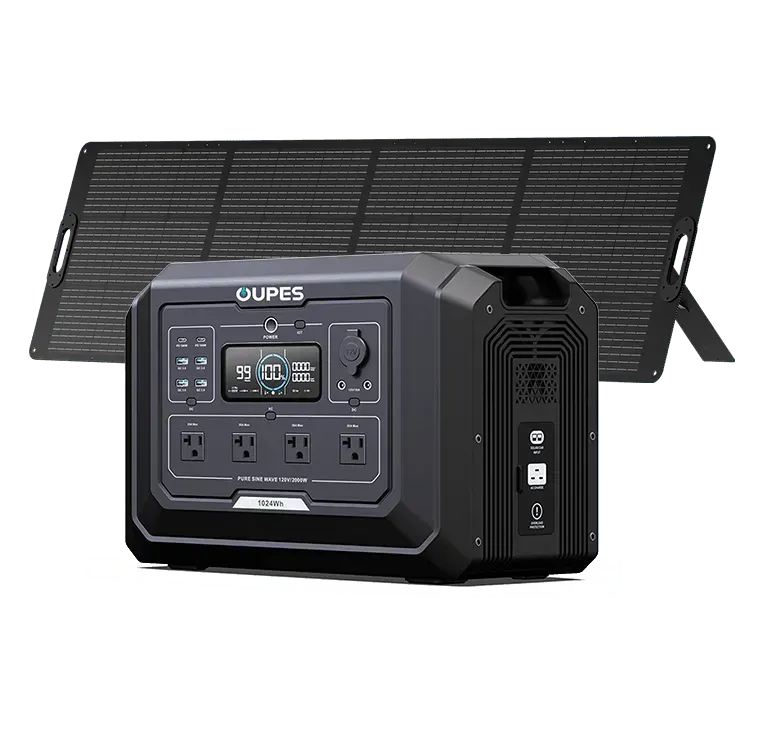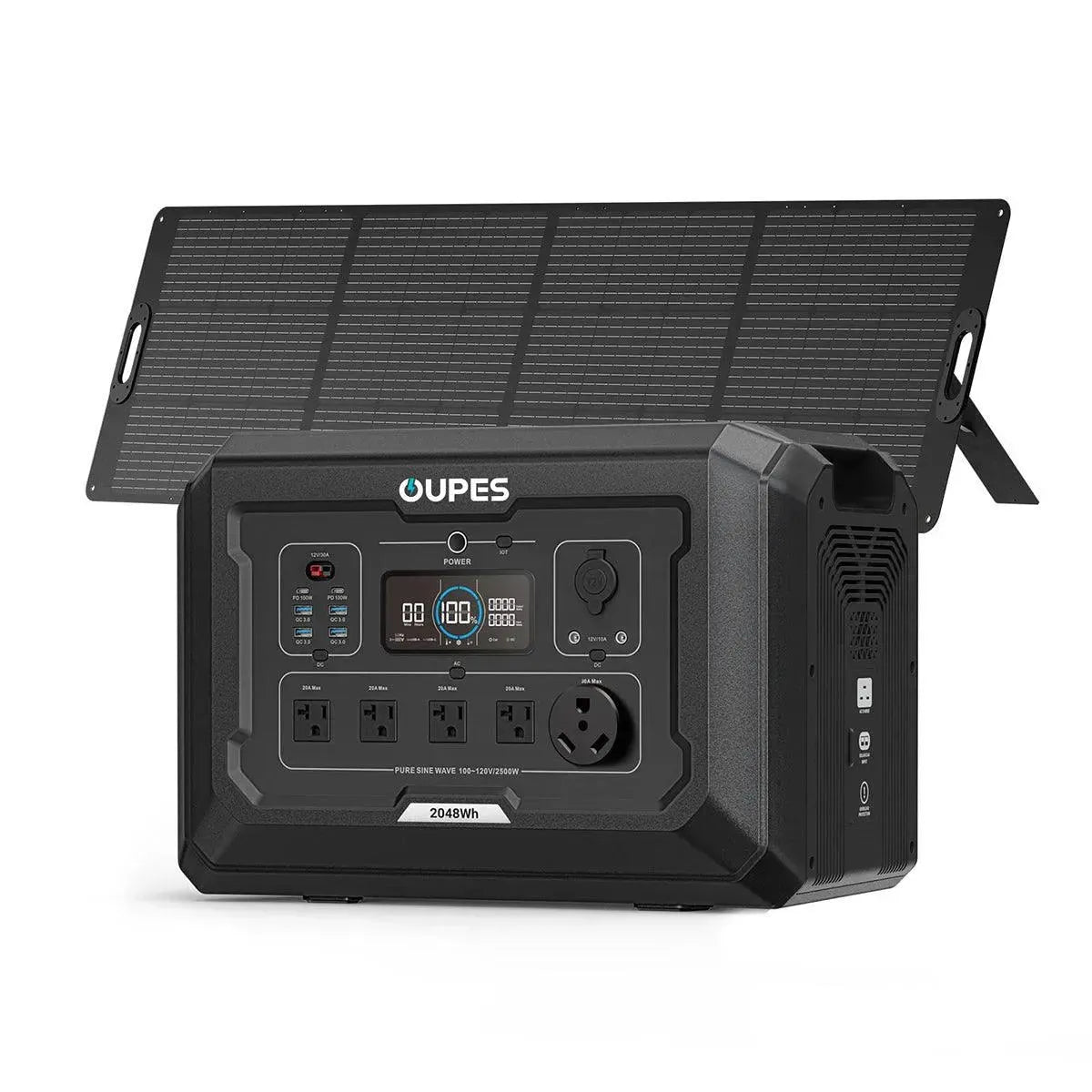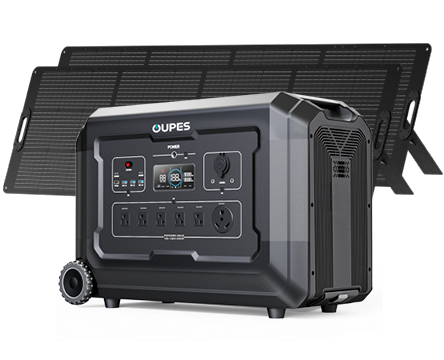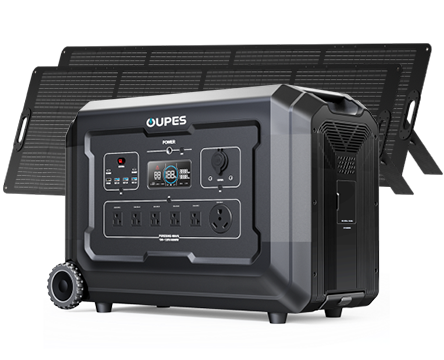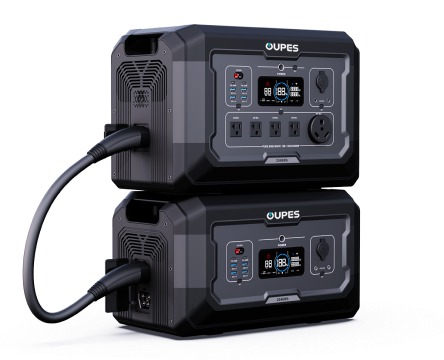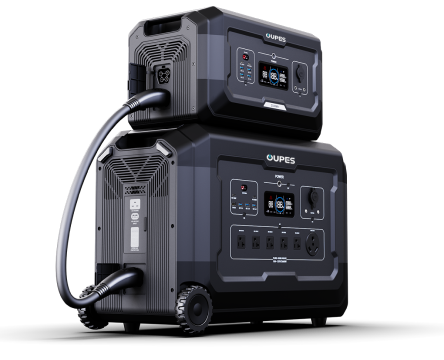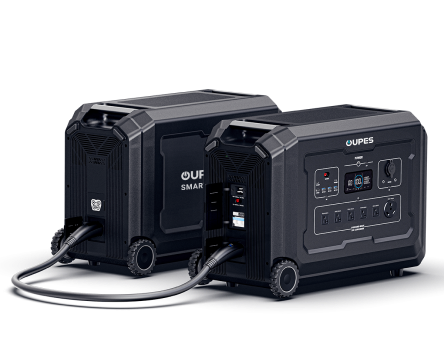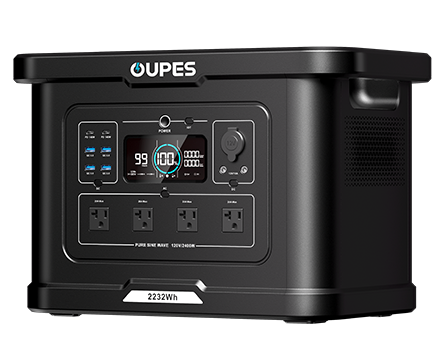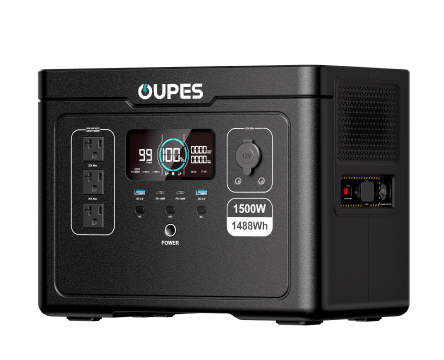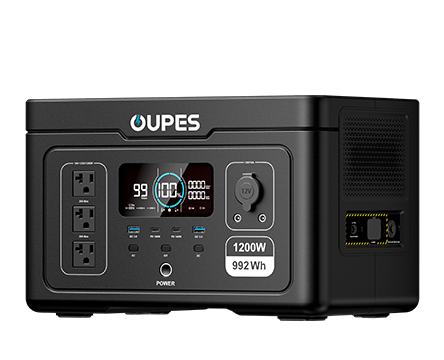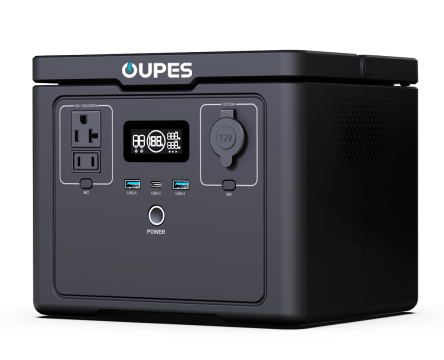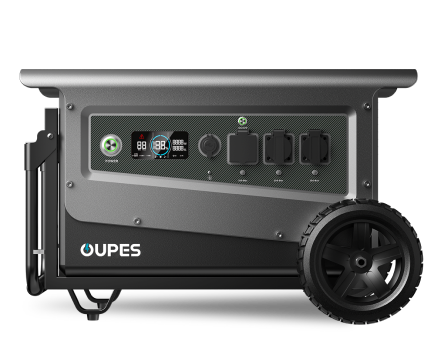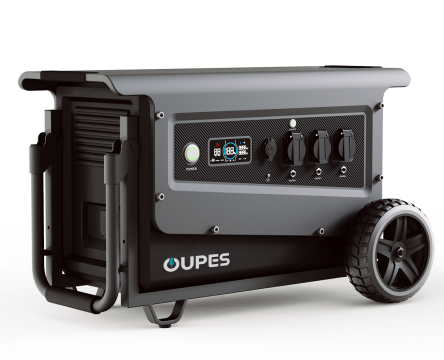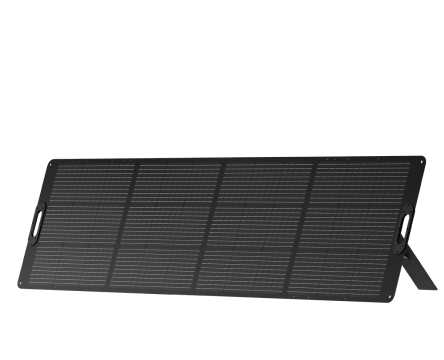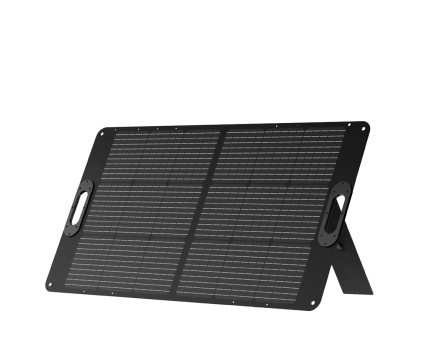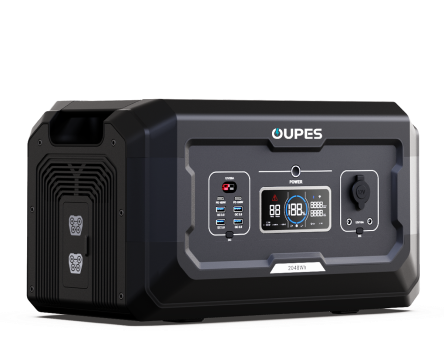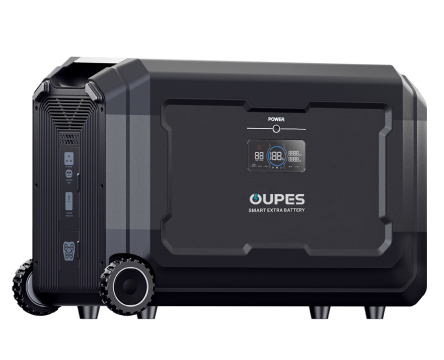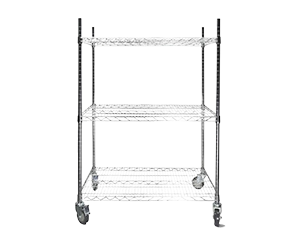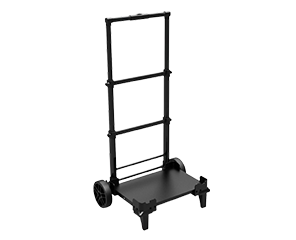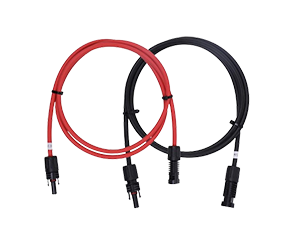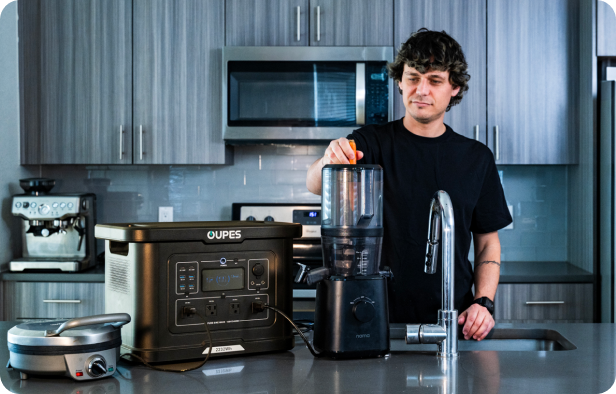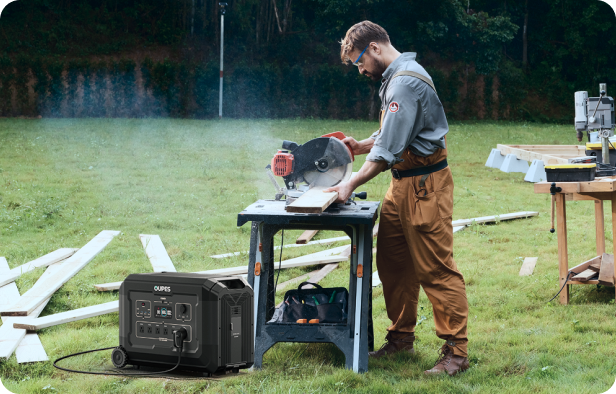Introduction: Why kVA to kW Conversion Matters
When choosing a generator, inverter, or portable power station, you’ll often see two different units of power: kilovolt-amperes (kVA) and kilowatts (kW). These values are related but not the same. Understanding how to convert between them helps you select the right equipment for your needs — whether that’s powering home appliances during a blackout or running electronics off-grid with a solar generator.
For example, if a portable power station is rated at 2.5 kVA, you may wonder how much actual usable power (in kW) that represents. The answer depends on a factor called power factor (PF), which determines the efficiency of the power conversion. This article explains the difference, shows you how to make the conversion, and provides a detailed chart for quick reference.
Understanding the Difference Between kVA and kW
The main distinction between kVA and kW lies in how electrical power is measured and used:
- kVA (kilovolt-amperes) measures apparent power — the total power supplied to a circuit, including both useful and wasted energy.
- kW (kilowatts) measures real power — the portion of electrical power that actually performs useful work.
In simple terms, kW is the power that does the work, while kVA includes losses caused by inefficiencies like heat or reactive energy. The relationship between the two is determined by the power factor (PF):
kW = kVA × Power Factor
Real Power vs. Apparent Power
If a system had perfect efficiency (PF = 1), then 1 kVA would equal 1 kW. However, in real-world systems, power factors usually range from 0.8 to 0.95.
The Formula to Convert kVA to kW
The general formula for conversion is straightforward:
kW = kVA × Power Factor (PF)
To reverse the calculation:
kVA = kW ÷ Power Factor (PF)
Example Power Factors
- Resistive loads (heaters, incandescent bulbs): PF = 1.0
- Inductive loads (motors, compressors): PF ≈ 0.8
- Mixed loads (most home appliances): PF ≈ 0.9
Step-by-Step Conversion Examples
Example 1: Converting 5 kVA to kW (PF = 0.8)
kW = 5 × 0.8 = 4 kW
That means a 5 kVA generator delivers about 4 kW of usable power.
Example 2: Converting 2.5 kVA to kW (PF = 0.9)
kW = 2.5 × 0.9 = 2.25 kW
A 2.5 kVA portable power station with 90% efficiency provides roughly 2.25 kW of real power output.
Example 3: Converting 10 kW to kVA (PF = 0.8)
kVA = 10 ÷ 0.8 = 12.5 kVA
If your load requires 10 kW of power and the power factor is 0.8, you’ll need a 12.5 kVA generator.
Comparison Table: kVA to kW Conversion Chart
| kVA | kW (PF = 0.8) | kW (PF = 0.9) | kW (PF = 1.0) |
|---|---|---|---|
| 1 | 0.8 | 0.9 | 1.0 |
| 2 | 1.6 | 1.8 | 2.0 |
| 3 | 2.4 | 2.7 | 3.0 |
| 4 | 3.2 | 3.6 | 4.0 |
| 5 | 4.0 | 4.5 | 5.0 |
| 10 | 8.0 | 9.0 | 10.0 |
| 15 | 12.0 | 13.5 | 15.0 |
| 20 | 16.0 | 18.0 | 20.0 |
This chart provides an easy way to estimate power output at different efficiency levels. Most portable power stations and solar generators operate close to a power factor of 0.9–1.0.
What Is Power Factor and Why It Matters
Power factor (PF) represents the efficiency of converting electrical current into useful work. It ranges from 0 to 1:
- PF = 1.0: 100% efficient — all supplied power is used effectively.
- PF = 0.8: Only 80% of supplied power performs useful work; the rest is reactive.
In portable power stations, a higher power factor means more energy is available to your devices — resulting in better performance and longer runtime.
kVA and kW in Solar Generators and Power Stations
When it comes to solar generators and portable power stations, understanding kVA and kW helps you assess real-world performance. Most modern battery-based systems like those from OUPES use pure sine wave inverters with near-unity power factors (PF ≈ 1), meaning that their kVA and kW ratings are nearly identical.
Practical Example
If a solar power station is rated at 2000W (2 kW) output, it’s equivalent to 2 kVA at PF = 1. But if the power factor drops to 0.8 due to an inductive load like a motor, the same unit can only deliver 1.6 kW of usable power.
That’s why understanding the conversion is important when calculating what devices you can safely power — from laptops and lights to refrigerators and power tools.
How to Calculate Power Requirements for Portable Use
Before purchasing a portable power station or solar generator, calculate your total power needs. Add up the wattage of all the devices you plan to run simultaneously, and include a margin of safety.
Step 1: List Your Devices
Example:
- Laptop: 60W
- Mini Fridge: 100W
- LED Lights: 20W
- CPAP Machine: 80W
Step 2: Calculate Total Power
Total = 60 + 100 + 20 + 80 = 260W
Step 3: Add 20% Safety Margin
260 × 1.2 = 312W
You’d need a power station that supports at least 312W continuous output (or 0.31 kW), which is roughly a 0.35 kVA system at PF = 0.9.
Tips for Choosing the Right Power Station Size
- Always check the continuous output power (kW) rather than peak power.
- Choose a unit with a slightly higher capacity than your maximum expected load.
- If using solar panels, ensure the input wattage matches the system’s charging rate.
- For high-efficiency systems, prioritize those using LiFePO4 batteries with PF close to 1.0.
- Consider runtime: a 2000Wh battery can power a 200W appliance for about 10 hours (2000 ÷ 200).
FAQ
1. What is the difference between kVA and kW?
kVA measures apparent power (total supplied), while kW measures real power (usable energy). The difference depends on the power factor.
2. How do I convert kVA to kW?
Use the formula kW = kVA × Power Factor. For example, 2 kVA at 0.8 PF equals 1.6 kW.
3. What is the typical power factor for a portable power station?
Most high-quality solar generators and power stations have a power factor between 0.9 and 1.0.
4. Why does power factor matter?
It determines how efficiently electrical power is used. A higher PF means better performance and less wasted energy.
5. Can I use kVA instead of kW when buying a generator?
You can, but always convert it to kW to understand how much real usable power the device can provide.
6. What’s the power factor of household appliances?
Most resistive appliances like heaters or kettles have PF ≈ 1, while devices with motors or compressors may have PF ≈ 0.8.
7. How does this relate to solar generators?
In solar generators, kVA and kW are often the same due to efficient inverter design. This helps maximize battery performance and output.
8. Does OUPES use kVA or kW in product specifications?
OUPES, like most modern manufacturers, uses kW ratings to reflect real output power, making it easier for users to plan energy usage accurately.
9. Can I run inductive loads with a power station?
Yes, but ensure the system can handle the startup surge and has a high enough continuous watt rating.
10. What happens if my load exceeds the rated kW?
The power station may shut down or trigger overload protection. Always stay within recommended limits.

